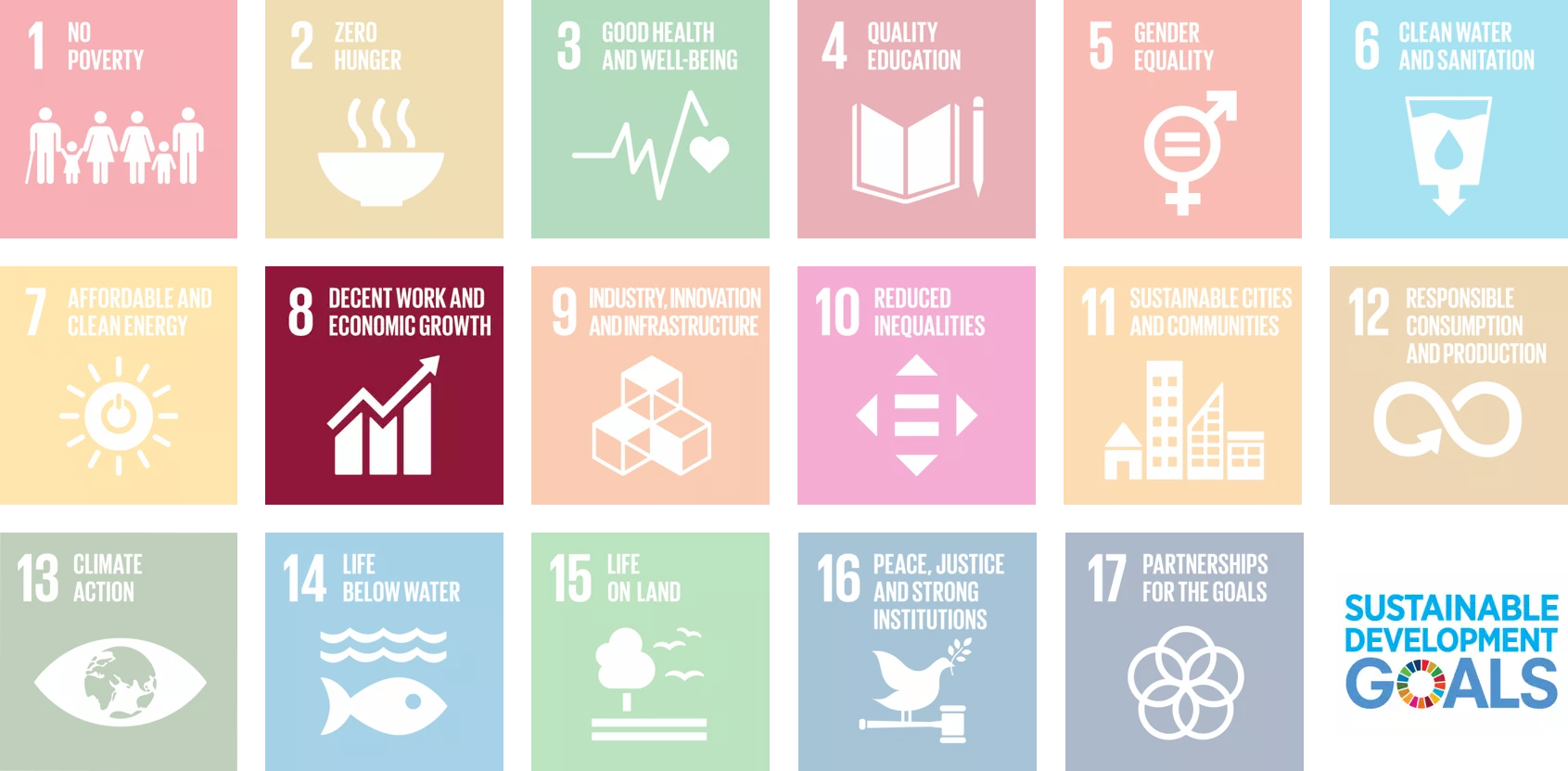Outside in, Not Inside out: How Companies’ Perspective on Sustainability Is Reversing
For the Sustainable Development Goals (SDGs) to be achieved, companies must change their way of thinking. In the current issue of the SML magazine COMPETENCE, Herbert Winistörfer talks about the change from an "inside-out perspective" to an "outside-in perspective" that needs to take place.

Political and social players are increasingly calling for companies to contribute towards solutions for societal and ecological problems. Since their introduction in 2015, the Sustainable Development Goals (SDGs) have provided a framework for action that defines social as well as economic and ecological goals for sustainable development. In order to successfully implement the ambitious sustainability agenda, a new perspective and approach to sustainability are needed at the corporate level.
Inside out: Contribution to Fighting Global Challenges Is Small
Aware of the importance of the legitimacy and social acceptance of their activities, companies have been voluntarily investing in their social and environmental performance for some time now. For these achievements to be credibly communicated to stakeholders and compared, they must be proven and measured. This proof of performance by companies is mainly done from an inside-out perspective: with a view to the organizational requirements and the corporate performance achieved. Only a very small number of companies place their published sustainability figures in a broader context or use external frames of reference when formulating their goals.
In sustainability reports, absolute indicators are most frequently used to present sustainability performance. These indicators often lack reference to a context – for example, absolute greenhouse gas emissions or the company's absolute energy requirements. Although non-contextual or self-referential reports from companies are valuable in that they focus on necessary improvements and meet the expectations of some stakeholders, they fail on one key point: They do not allow for a meaningful assessment of the company's contributions to major environmental or social challenges at regional or global level. In other words, it is impossible to assess what contribution a company is making in relation to globally targeted development goals.
Change of Perspective Using the SDGs
A change is emerging here since the SDGs provide a globally accepted framework for social, economic, and ecological goals. Not only are the global challenges specifically mentioned there, but there are also quantified targets. This makes it possible to relate the performance of individual players such as states or companies to the socially necessary extent of improvement and to assess it from this perspective (outside in). This is an important step, because only in the context of such a frame of reference is it possible to assess the sustainability performance of an organization.
Outside in: Operationalization of the SDGs in a Corporate Context
The SDGs are already being actively used by companies. This was also shown by a study on the significance and importance of the OECD Guidelines for multinational enterprises in Switzerland ("The Relevance and Significance of the OECD Guidelines for Multinational Enterprises in Switzerland"), which was conducted in 2017 at the Center for Corporate Responsibility.
"The study shows that Swiss companies use SDGs primarily to structure and present their own sustainability performance."
Herbert Winistörfer, Center for Corporate Responsibility
For a genuine outside-in approach, corporate performance must be related to the global goals in a quantitative way. However, there is still a lack of both conceptual and data foundations. This means that an operationalization of SDGs for application in the corporate context has yet to be developed. The "Gap Frame" is a first approach to translate the SDGs, which are formulated at the global level, into relevant actions at the national level and thus make them usable for relevant players such as companies. Most progress has been made with the development of context-based approaches to sustainability targeting and reporting in connection with climate change (SDG 13). Here, the "Science Based Targets" initiative has done valuable pioneering work and developed methodological principles that are already being used by many companies.
Need to Catch up in Quantifying Social Issues

Environmental issues linked to material and energy flows tend to be easier to quantify than social issues. Accordingly, there is a great deal of catching up to do in the operationalization and thus quantification of social issues. This is the starting point for a research project being carried out by the Center for Corporate Responsibility as part of the new ZHAW focus on "Societal Integration". Based on the preliminary work on SDG 13 and other approaches discussed in the literature, the foundations for operationalizing social issues are being laid. The research project aims to develop suitable methodological approaches for realizing an outside-in perspective for SDG 8 "Decent Work and Economic Growth".
COMPETENCE Magazine
This article is an excerpt from the SML magazine COMPETENCE. The magazine offers a platform for business and our School of Management and Law to exchange perspectives on a current and relevant topic. The 2019 edition is entitled "Querdenken: Auf in neue Welten" (Lateral thinking: Off to new worlds).
- COMPETENCE Magazine
Contact
Dr. Ina-Maria Walthert, Research Associate, Center for Corporate Responsibility, ZHAW School of Management and Law, phone: +41 (0)58 934 76 70, e-mail: ina-maria.walthert@zhaw.ch